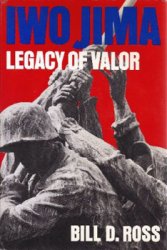Sitting Bull was the greatest American Indian leader of his time. His virtues encompassed all of the most desirable characteristics of his Hunkpapa culture. He was enormously brave, demonstrating his courage in single combat, by risking his life to count coup, and in other ways, such as sitting down in full view (and shooting range) of U. S. soldiers and calmly smoking his pipe— what his nephew White Bull called the bravest act he ever saw. Courage was a requisite for a leader, and it helped Sitting Bull earn his position as a war chief.
What set Sitting Bull apart from other leaders was not just his courage or skill in battle against Indian enemies such as the Crows or against U. S. troops, but rather the wide range of his attributes. He was a true spiritual leader who felt very much in touch with Wakantanka and by all accounts sincerely believed that he had received visions and dreams in which the spirit world communicated with him. Closely attuned to the world around him, he also believed himself able to understand the communications of animals and birds.
The most significant of Sitting Bull’s visions occurred shortly before the Battle of Little Bighorn. After participating in the Sun Dance, he received a vision of soldiers falling from the sky upside down, which he interpreted to mean a great victory for his people in the upcoming battle. That vision inspired and emboldened the Lakotas, helping to ensure a decisive victory over George Armstrong Custer and his Seventh Cavalry in one of the most famous battles in American history.




 World History
World History









